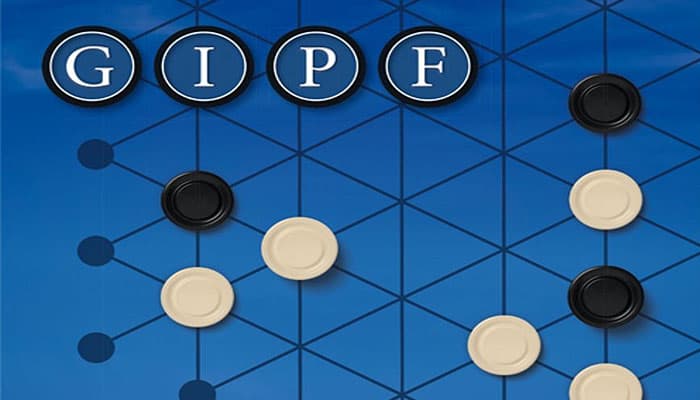
Components
- 1 game board
- 18 white basic pieces
- 18 black basic pieces
- 1 bag
- 1 rulebook
Game Board
The board shows a pattern of lines. Each line is characterized by 2 black dots and a various number of intersections with other lines. These intersections are called spots.
There are 24 dots at the edges of the pattern on the board. Dots are not part of the play area; they are used to position a piece before bringing it into play.
In total, the play area (i.e. the central part of the board) features 37 spots. Only the pieces covering a spot are part of the game. …





